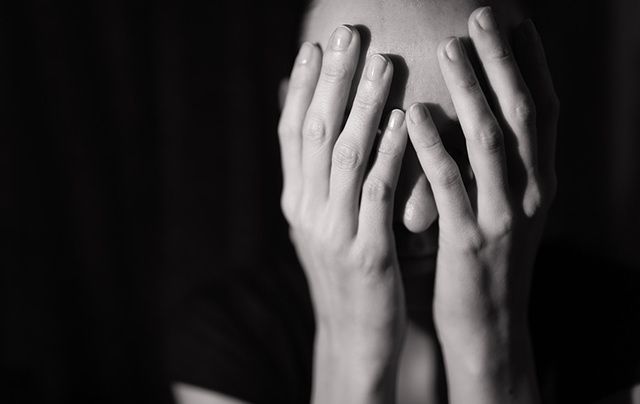You might not expect to hear it from this columnist, but I don’t solely blame the religious orders for what happened at the Tuam mother and baby home in Co. Galway.
Some commentators have called the Tuam baby story a tragedy. It was not.
A ship that sinks after hitting a looming iceberg is a tragedy. An institution that buries infants in an underground “sewage treatment works” is following a policy.

Gates and plaque at the burial gound at Tuam, County Galway.
Did you know that when spirited young women fled these ghastly institutions – the mother and baby homes, the Magdalene laundries – they were usually picked up by the Irish police force and returned to them like escaped convicts?
It's because we so easily conceptualized unwed mothers as criminals then. We thought them people of low character that society should be shielded from.
That’s how they stopped being our daughters and sisters and cousins and started being a dangerous moral contagion. Irish parents often dropped them off at the gates themselves.

Women at work in a Magdalene Laundry.
Recall that tens of thousands of young Irish women were disappeared into these hellholes throughout the 20th century. Think of the suffering it must have caused them.
A child born and taken from you, never to be seen again, and then to be treated like you were at fault and unclean and deeply sinful, your real name never to be spoken aloud, after having just experienced the worst grief of your life.
It really doesn't bear thinking about, which is handy because most of us really didn’t think about what was going on behind those high walls for the first 75 years or so of the Irish state.

Nuns and infants at a mother and baby home.
Then, as now, there were some truth-tellers among us: writers who were so scalded by their own hard experience that they could do nothing other but sing. Their broken hearts stiffened their backbones, but the conservative agents of the state easily marginalized most of them as cranks and weirdos.
Truth needs a teller and a hearer who is ready to be told. We had few of those then, and we have few of those now.
For the last 75 years our establishment has been able to brazen every reversal of fortune it's ever encountered. From recession to strike to collapse to meltdown, it’s been musical chairs governance as enduring as the Angelus, but this week the music has finally stopped.
This week we have been afforded our first genuinely unfiltered look at cold reality, at where we were, and who we were, and who profited and who lost, and what it cost us, and what it will continue to cost us.
Those who think the revelation at Tuam is the end of the story are making a fateful mistake. This is only the beginning. You cannot open such a surfeit of human misery, for so long, and expect to outrun the consequences.
The work of Catherine Corless brought to light 796 children's death certs relating to the home in Tuam. Here are all of their names #CBLive pic.twitter.com/oipboNTUNF
— RTÉ ClaireByrneLive (@ClaireByrneLive) March 6, 2017
As the glare of the world’s press dies away soon, we will have to begin the long delayed national conversation about how to sever the all too cozy relations between our church and state, between our government and our police force, and between both of these and our religious orders.
Recall that in the early 1970s in Tuam two children were found playing with infant skulls. The police knew, the church knew, the government knew and nothing was ever said or done.
Because nothing could be said or done. For decades a web of complex political and religious considerations ensured official inaction despite almost every abuse claim that was made in the country.
Abuse victims were actually told that what had happened to them could not have happened, because there wasn’t a context in which that truth could ever be told in Ireland.
Memorial to the 222 children who died at the Besboro home, in Cork.
It was a Kafkaesque nightmare of competing claims that always ended with the same result: the powerful were believed and the powerless shown the door. It went on like that for decades.
If the truth had ever been told in those days then the system would have quickly collapsed. So we decided that the system was more valuable than the individual lives and personal well being of our daughters, sisters and cousins.
But when you sacrifice your love to protect your morality, you really forfeit both. It has been one of the wonders of my life to observe how long it has taken for Irish people to realize that.
I think we’re starting to at last. I think it’s time.
Read more: Let's remember their names - the 796 infants and children who died in the Tuam home




Comments